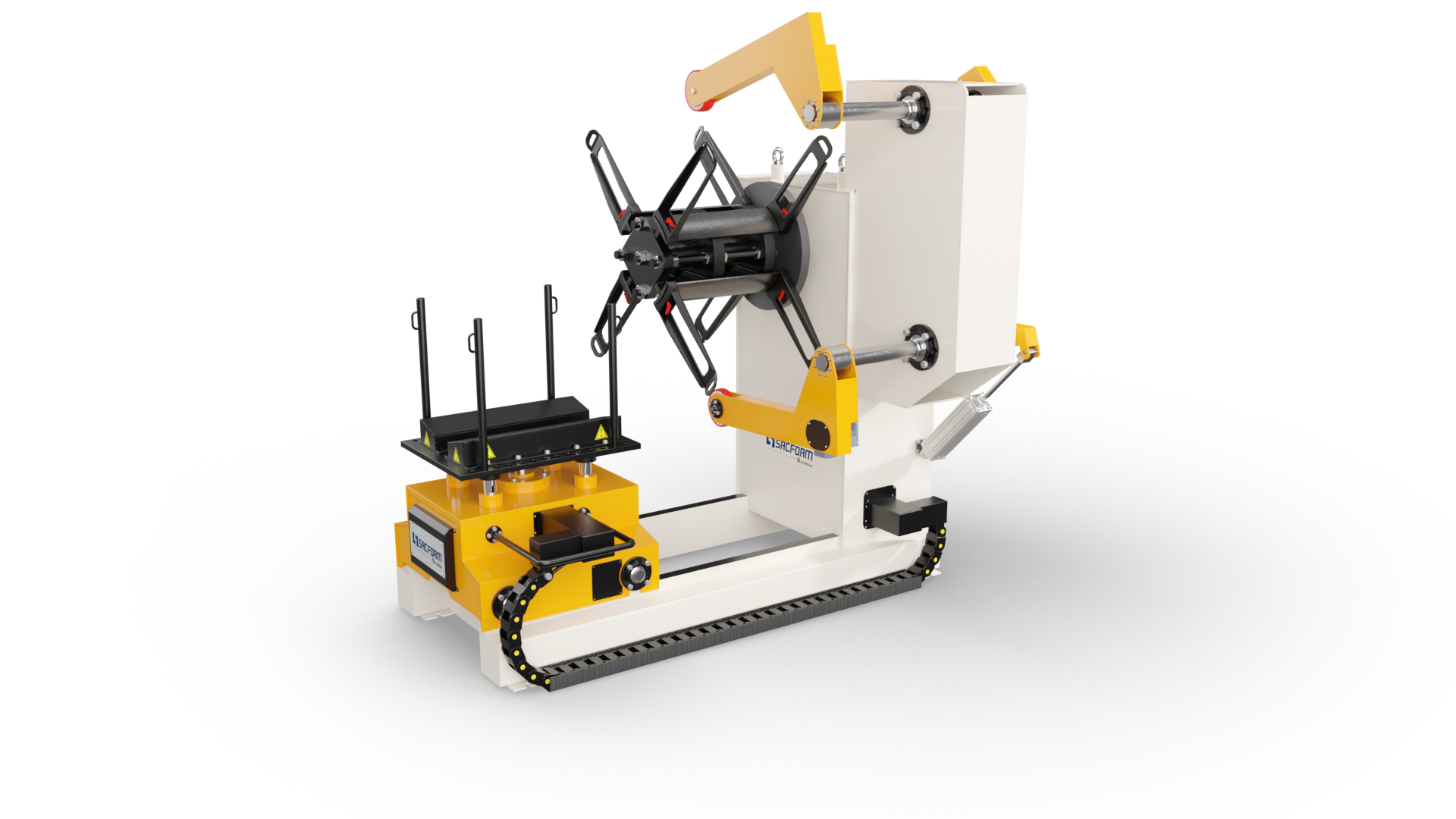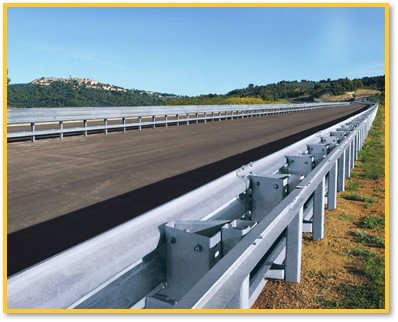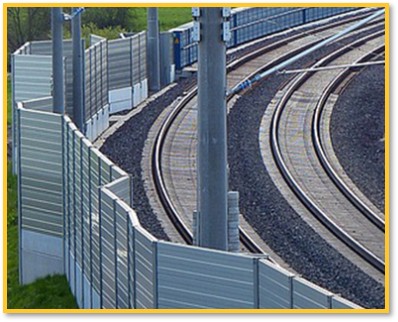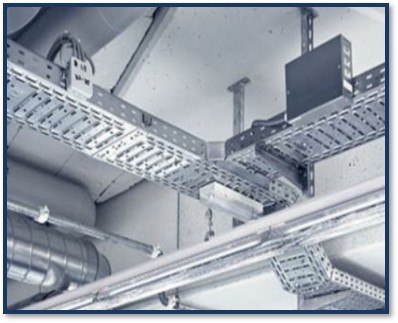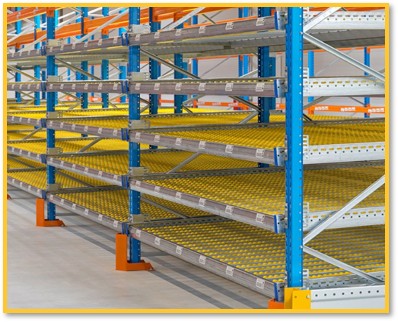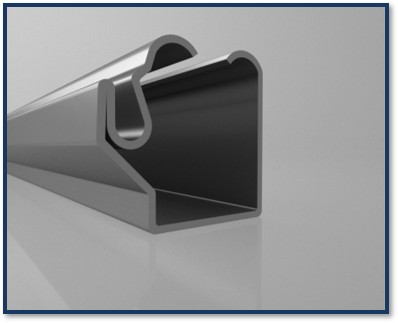A solar panel is a technology used to convert solar energy into electrical energy. Solar energy is the largest and most continuously available source of energy on Earth. A solar panel is a technology developed to utilize this energy.
-
What is a Solar Panel ?
-
What is The Production Type for Solar Panel C-Profile Lines?
SACFORM lines are designed for continuous, automated, high-speed production, producing standard and reinforced C-profiles efficiently.
Optional features include servo feeders, integrated punching stations, and custom tooling for specialized profiles. -
What are the Advantages of Solar Panel?
Roll forming provides high precision, efficiency, and cost-effectiveness, producing profiles with minimal material waste and uniform quality.
Continuous operation allows for high-volume production, making it the ideal solution for solar mounting profile manufacturing. -
Where are Solar Panel C-Profiles Used?
- Rooftop solar panel installations
- Ground-mounted solar farms
- Industrial solar power plants
- Residential or commercial solar structures
They provide structural integrity, durability, and precise alignment, ensuring the safety and efficiency of solar panel systems.
-
What are The Material Options for Solar C-Profiles?
- Galvanized Steel: Long-lasting and corrosion-resistant.
- Aluminum: Lightweight, easy to handle, and corrosion-resistant.
- Stainless Steel: Highly durable and aesthetically appealing for harsh environments.
SACFORM lines process all materials efficiently and accurately, producing profiles that meet industry standards for solar installations.
-
What are The Components of A Solar Panel C-Profile Roll Forming Line?
A typical SACFORM line includes:
- Decoiler Unit: Feeds metal coils into the system.
- Leveling and Feeding Unit: Ensures proper flatness and tension.
- Roll Forming Unit: Gradually shapes the metal into C-profiles.
- Punching/Notching Unit: Creates slots or holes for clamps and connectors.
- Cutting System: Precisely trims profiles to required lengths.
- Stacking and Output Section: Collects and organizes finished profiles for transport.
Lines are modular and customizable, suitable for various production volumes and profile specifications.
